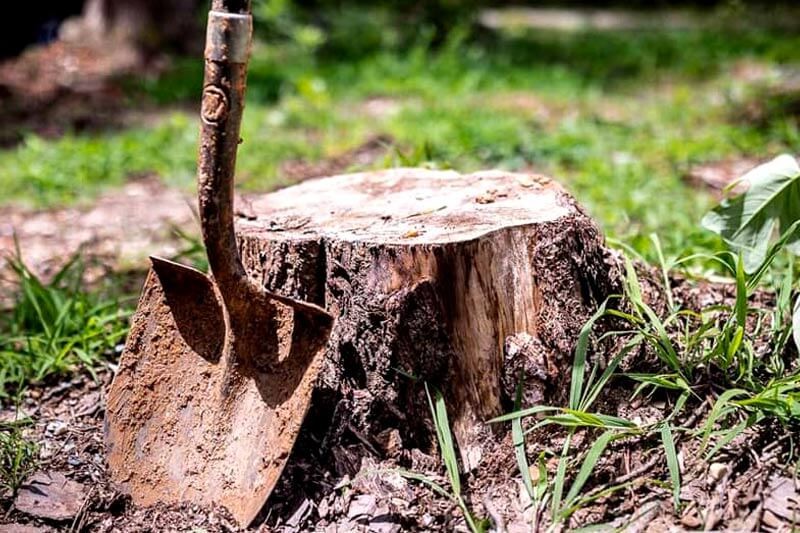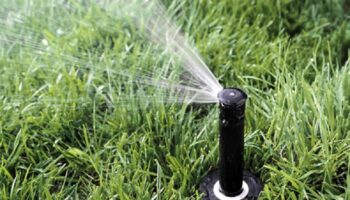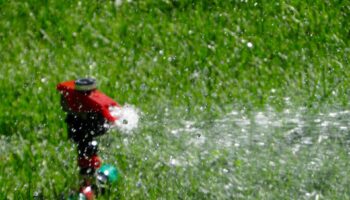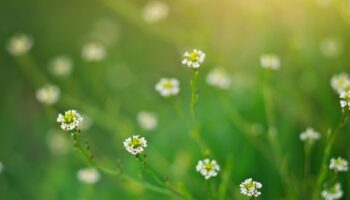Proper tree care not only enhances the beauty and aesthetic appeal of our surroundings but also contributes to the overall health of the environment. Trees provide us with shade, improve air quality, and offer habitats for various species.
However, improper tree trimming can pose significant risks to both the tree and the people involved. Cutting branches incorrectly or removing too much foliage can weaken the tree’s structure, making it susceptible to diseases, pests, and even breakage during storms. The primary objective of safe tree trimming is to strike a balance between maintaining the tree’s health and achieving desired aesthetic outcomes.
Tree Trimming Preparation
Assessing Tree Health and Structure
Take a close look at the tree to determine if there are any signs of disease or decay. Inspect the branches and trunk for any visible damage or weak spots. Additionally, consider the tree’s overall stability. If you notice any major concerns, such as large cracks or significant leaning, it may be best to consult with a professional arborist before proceeding further. By thoroughly evaluating the tree’s health and structure, you can ensure that your trimming efforts will not inadvertently harm the tree.
Gathering the Right Tools and Equipment
To safely and effectively trim a tree, it’s important to have the right tools and equipment on hand. Start by acquiring a reliable pair of pruning shears or loppers for cutting smaller branches. For thicker branches, you’ll need a pruning saw or a chainsaw. Make sure these tools are in good condition and properly sharpened to achieve clean cuts. Also consider obtaining a sturdy ladder or an extendable pole pruner for reaching higher branches. Safety equipment such as gloves, goggles, and a helmet should also be worn to protect yourself during the trimming process.
Checking for Potential Hazards in the Area
Before you begin trimming a tree, it’s crucial to inspect the surrounding area for potential hazards. Look for nearby power lines that may pose a risk and ensure you maintain a safe distance from them. Take note of any structures, fences, or delicate landscaping that could be damaged during the trimming process. Consider the direction in which the branches will fall and make sure there is ample space for them to land safely. Moreover, assess the ground for any uneven terrain or obstacles that could impede your movement.
Safe Techniques for Tree Trimming
Proper Pruning Cuts
To safely trim a tree without causing harm, it’s essential to make proper pruning cuts. Start by identifying the branch collar, a slightly swollen area where the branch attaches to the trunk. Make a clean cut just outside the collar, avoiding cutting too close or leaving a stub. This technique promotes faster healing and reduces the risk of infection or decay. It’s also important to avoid removing more than 25% of the tree’s foliage in a single season, as excessive pruning can weaken the tree and make it susceptible to stress and disease.
Avoiding Bark Damage and Maintaining Natural Shape
When trimming branches, it’s crucial to prevent bark damage and maintain the tree’s natural shape and balance. Begin by using sharp and clean pruning tools to ensure a smooth cut. Cut just outside the branch collar and angle the cut away from the tree, allowing rainwater to flow off easily. By preserving the bark and not cutting into the branch collar, you minimize the risk of infection and promote healthy growth. Additionally, it’s important to consider the tree’s natural form when trimming. Remove any dead, damaged, or crossing branches while preserving the overall shape of the tree. This ensures proper airflow and sunlight penetration while maintaining the tree’s aesthetic appeal.
Aftercare and Additional Considerations
Proper Disposal of Tree Trimmings
Once you’ve successfully trimmed your tree, it’s time to properly dispose of the trimmings to prevent any negative impact on the environment or your property. Consider composting the smaller branches and leaves, as they can decompose and enrich the soil. Larger limbs and trunks can be repurposed as firewood or taken to a designated green waste disposal facility. Avoid leaving trimmings on the ground, as they can become breeding grounds for pests and diseases.
Monitoring Tree Recovery, Growth, and Regular Maintenance
After trimming, monitor your trees’ recovery and growth over time. Keep an eye on the tree’s overall health and observe any signs of stress or potential issues such as insect infestations or diseases. Regularly inspect the tree to ensure there are no structural problems or hazards that could pose a risk. Additionally, perform routine tree maintenance tasks such as watering, fertilizing, and pruning as needed. By providing proper care and attention, you can help your tree thrive and maintain its beauty for years to come.
In conclusion, proper tree trimming is crucial for maintaining the health and aesthetic appeal of trees while minimizing potential harm. Before starting, assess the tree’s health and structure, and acquire the necessary tools and equipment. Ensure the area is free of hazards and protect yourself with safety gear. When trimming, make proper pruning cuts outside the branch collar, avoiding excessive removal of foliage. Preserve the tree’s natural shape, prevent bark damage, and maintain balance. Dispose of trimmings responsibly to prevent negative environmental impact. Monitor the tree’s recovery, growth, and overall health, performing regular maintenance tasks as needed. By following these guidelines, you can achieve a safe and beautiful result while promoting the well-being of your trees.
Publisher’s Details
Green Leaf Zone
15117 Ventura Blvd Suite #1, Sherman Oaks, CA 91403
(818) 658-2776
greenleafzone.com
If you’re fascinated by trees and want to delve deeper into their anatomy, read: Tree Anatomy 101: The Basic Parts of a Tree. For top-notch brush clearing services in Encino, CA, look no further than Green Leaf Zone—they take great pride in their work, giving you peace of mind that your property is in the right hands.



